Flowers for LH
2021
Film
Dance, Feminism, Nuclear Abolition
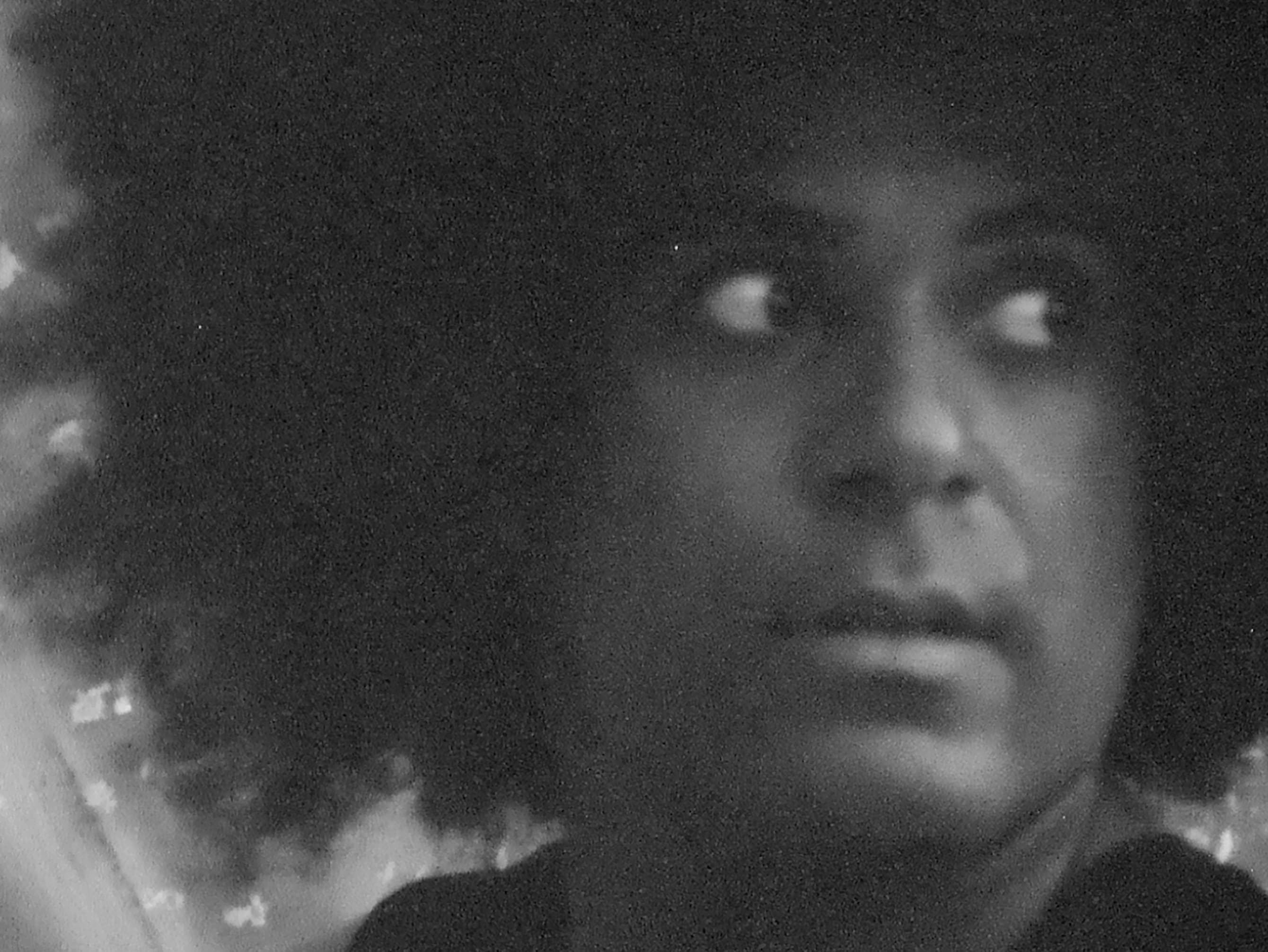
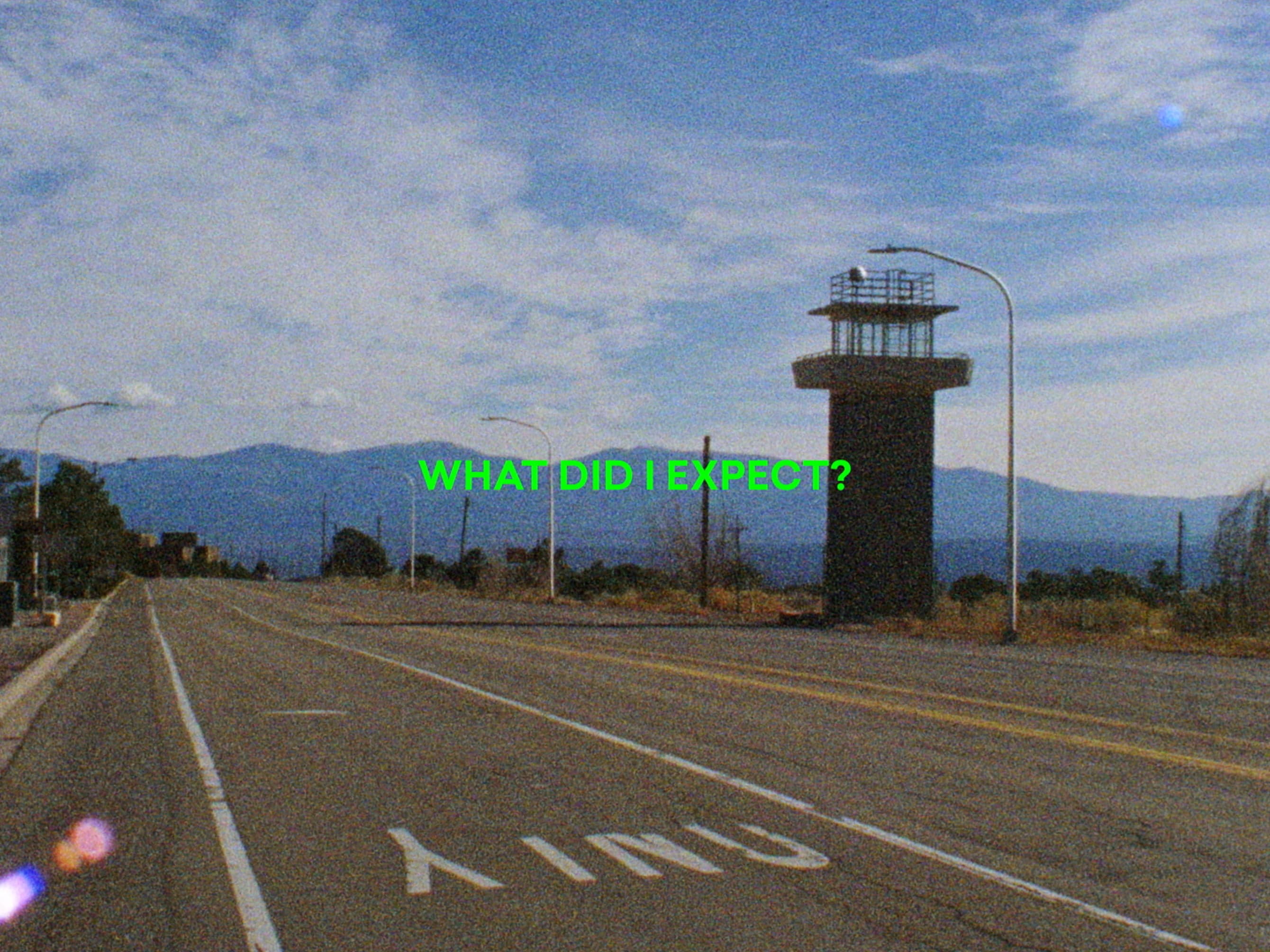
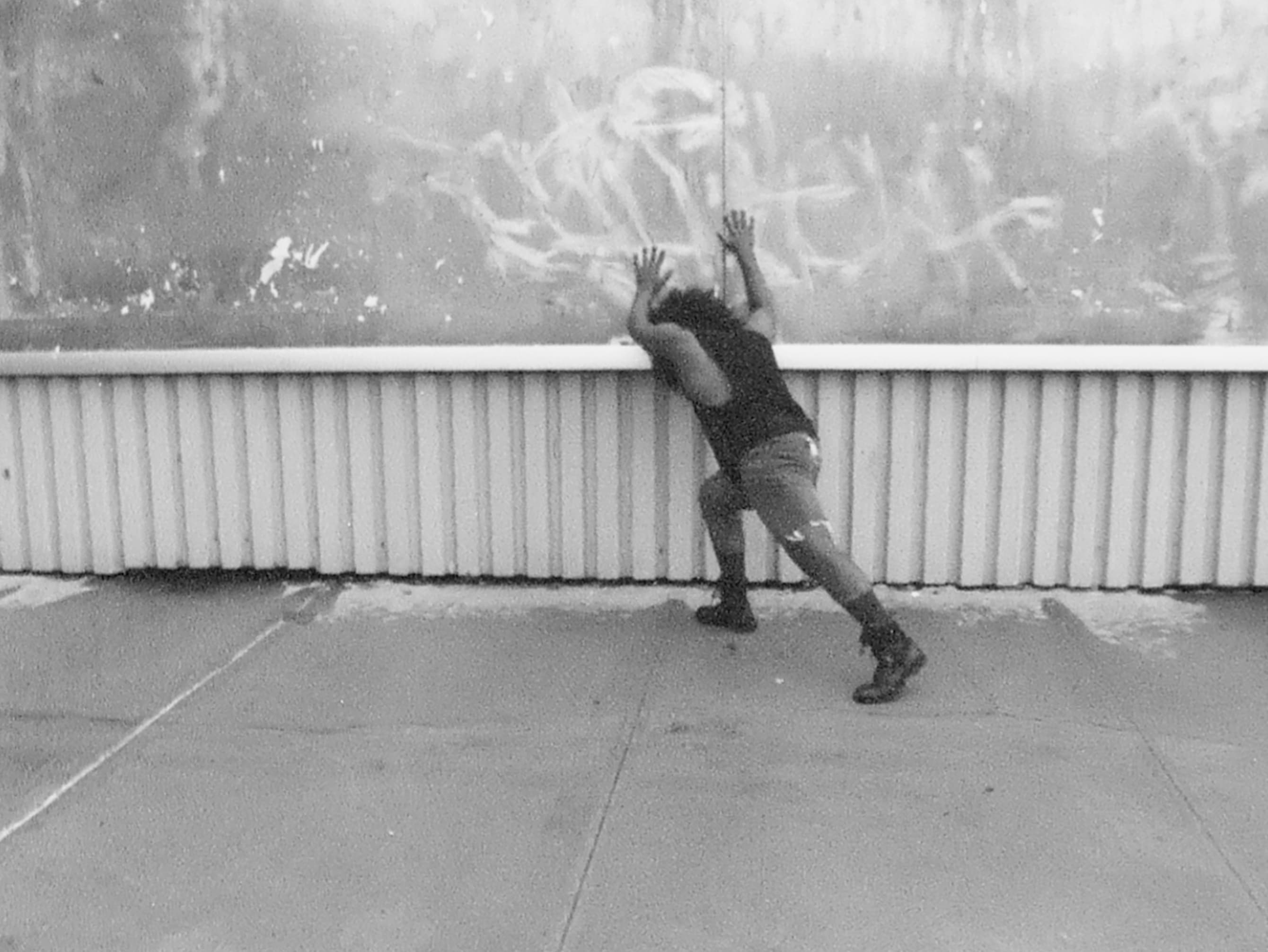
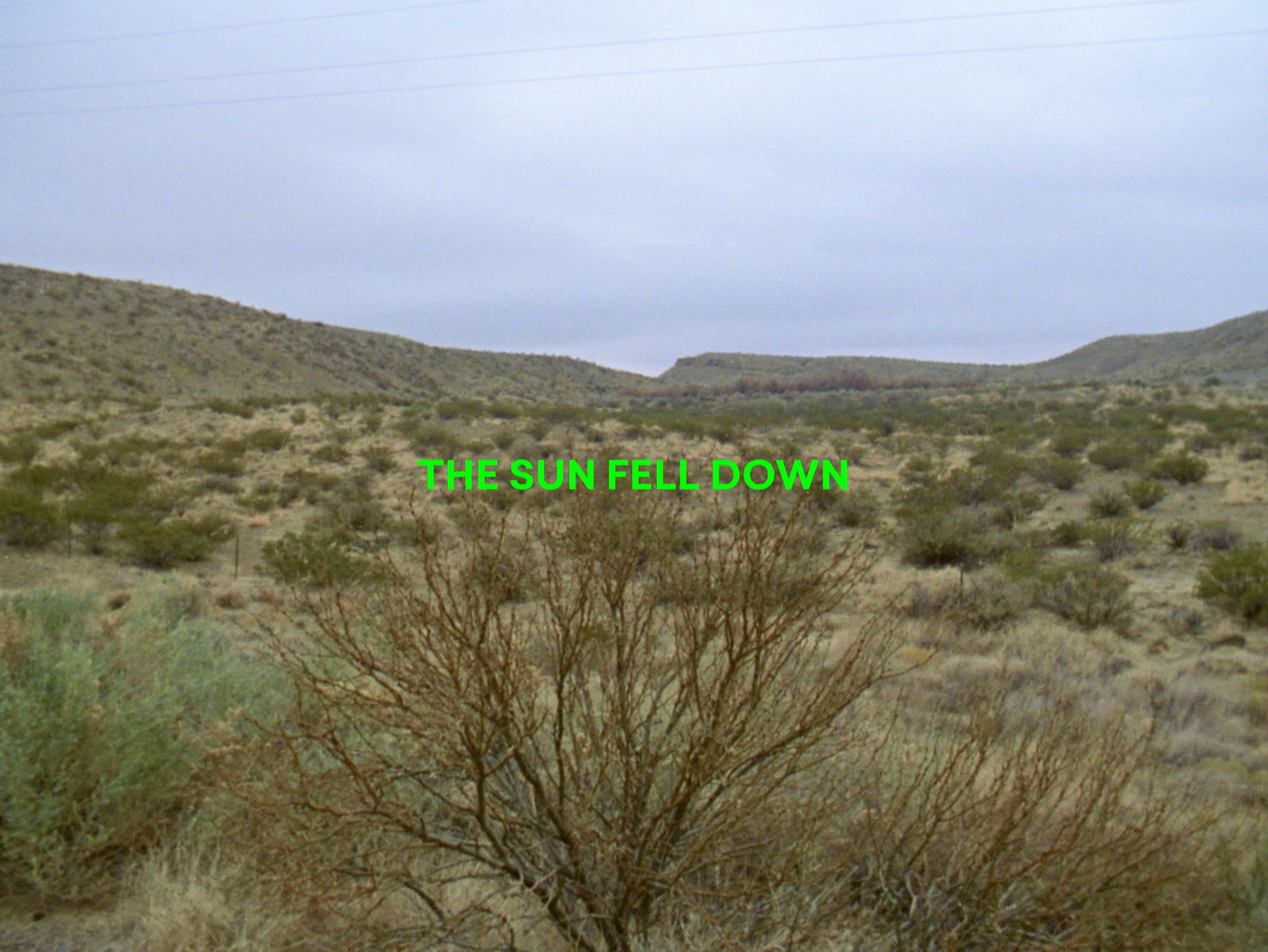
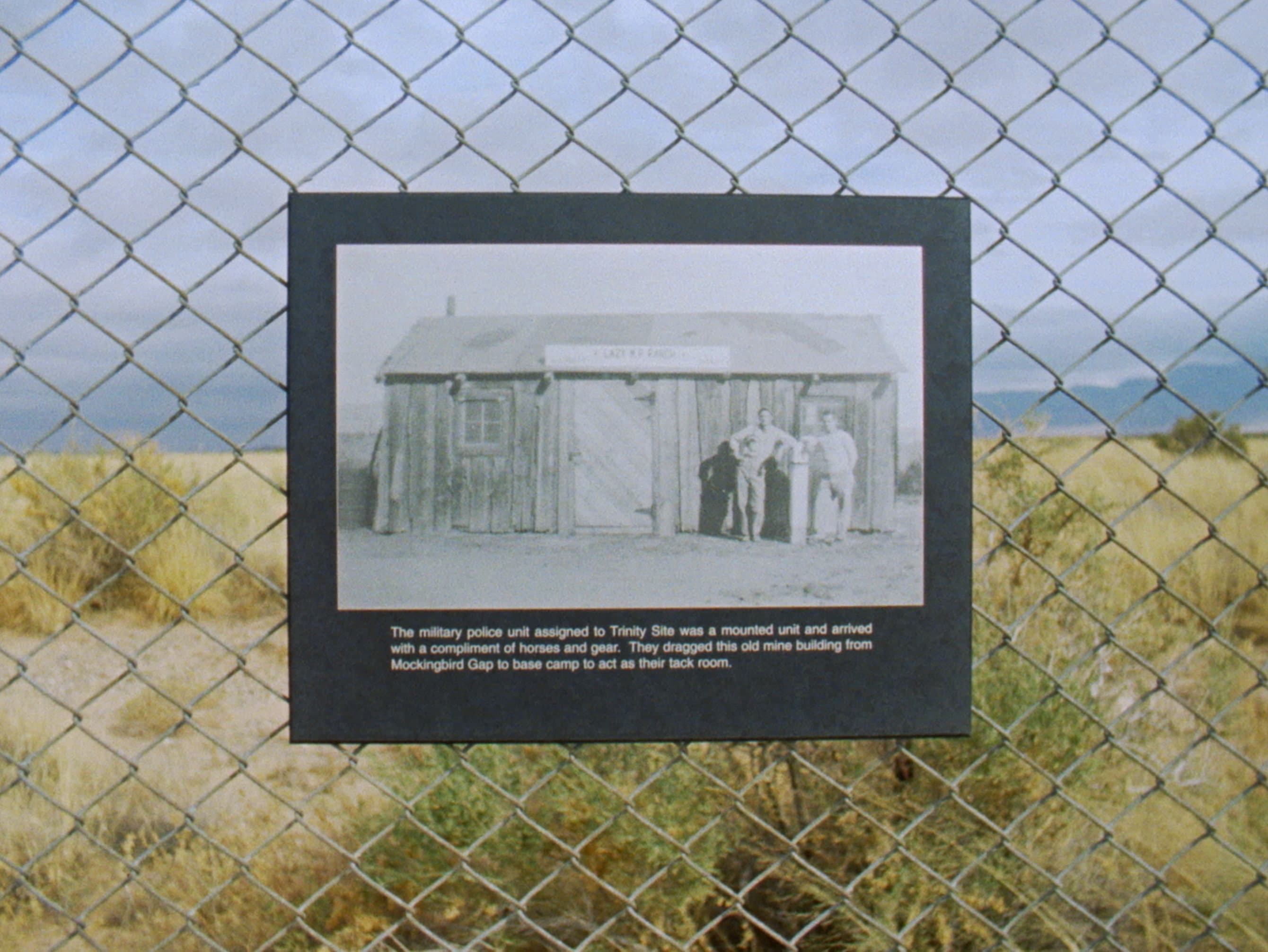
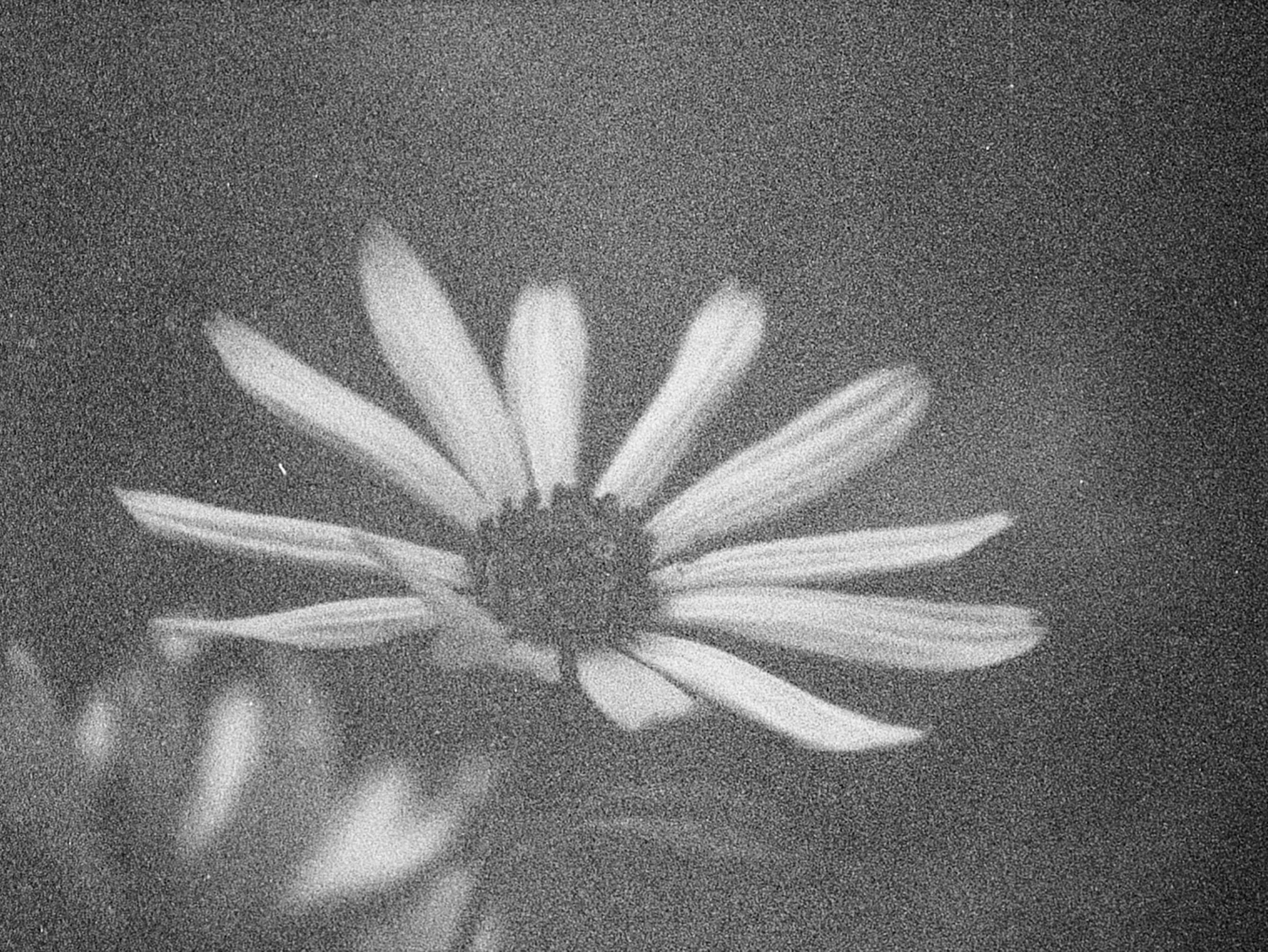






Cinematography: Steve Cossman, Cynthia Madansky
Dance: Joey Kipp
Music: Zeena Parkins
16 mm ◊ 11 minutes
“The uses of flowers were infinite.” — Lorraine Hansberry
"What Use are Flowers?" was the final piece of theatre composed by Lorraine Hansberry before her premature death in 1965. Produced for television, the post-apocalyptic fable set in a nondescript location twenty years after nuclear fallout follows the exchanges between the survivors as they attempt to make sense of both their past and their present.
In Flowers for LH Madansky continues the inquiry into the atomic bomb and (threats of) mass destruction previously evoked in The PSA Project, Minot, ND, and White Sands. Here she cuts between raw, hand processed black-and-white footage of dancer Joey Kipp as he vogues explicitly for the camera, for Lorraine, with handheld footage of the desert landscapes of the 1945 Trinity test, the site of the first atomic bomb, a place whose beauty exists in tension with its horrific history.
Where one might expect to find solemn reflections on the gravity of this test and its aftermath—both the catastrophic moment, a marker of the anthropocene, with its lingering radioactivity on the site itself— we instead encounter a memorial plaque that recasts annihilation and dominance as scientific advancement.
A rupture in the stylistic approach previously employed in Madansky’s series, which separated the textual citations into their own intertitles on color fields, set to accompanying narration, here the passages from Hansberry’s text are deployed in neon green lettering over images of landscapes, flowers, and signs for tourists. “What use are flowers?” asks Hansberry, while Madansky seems to ask, in the face of ongoing proliferation and threat, “What use are these celebrations of devastation?”
Part of the Feminist Writers Series, an ongoing suite of films, inspired by the words of radical international feminists. Ranging from canonized to little-known figures, and unbeholden by genre, the films cite and respond to works of poetry, novels, theatre, theory, political writing, and other nonfiction.